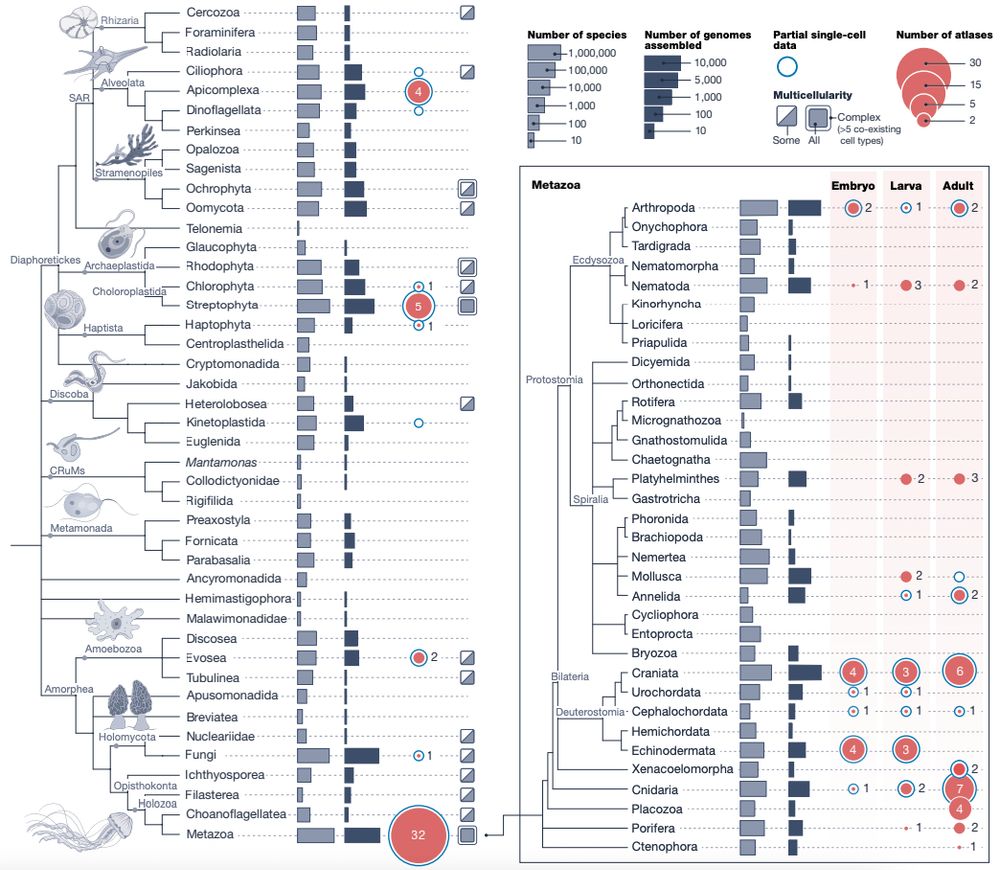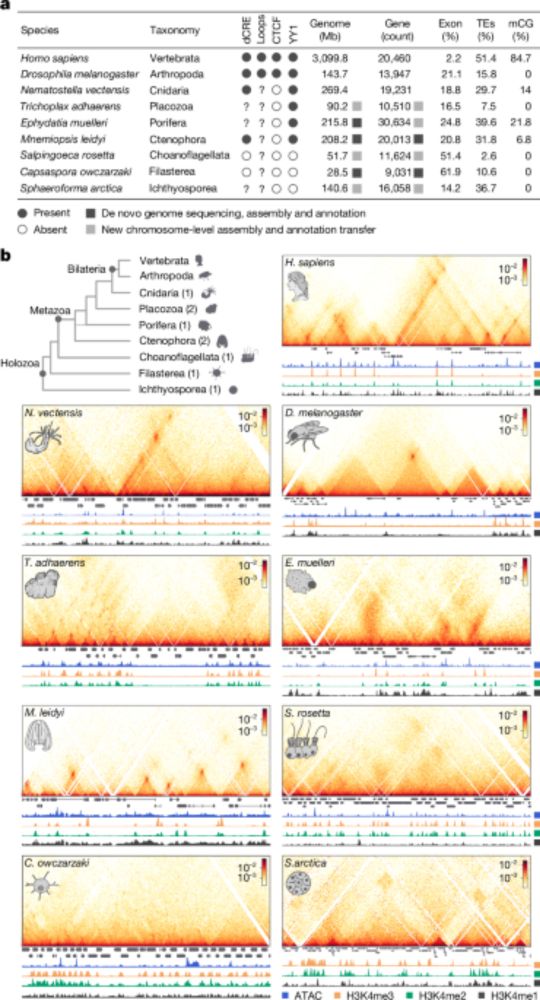
www.cell.com/current-biol...

www.cell.com/current-biol...

Available as book, on kindle and as audio.
I would be really grateful for reposts.
www.amazon.com/Tree-Life-So...
www.amazon.ca/Tree-Life-So...

Available as book, on kindle and as audio.
I would be really grateful for reposts.
www.amazon.com/Tree-Life-So...
www.amazon.ca/Tree-Life-So...
www.science.org/doi/10.1126/...


journals.biologists.com/dev/article/...

journals.biologists.com/dev/article/...
We uncover how ancient regulatory programs orchestrate the neurons that produce serotonin and dopamine across 550 million years of evolution.
doi.org/10.1101/2025...

We uncover how ancient regulatory programs orchestrate the neurons that produce serotonin and dopamine across 550 million years of evolution.
doi.org/10.1101/2025...
Our latest in @natrevneuro.nature.com
Link: rdcu.be/eMX3E
@jeffcolgren.bsky.social @msarscentre.bsky.social

Our latest in @natrevneuro.nature.com
Link: rdcu.be/eMX3E
@jeffcolgren.bsky.social @msarscentre.bsky.social
The HCR™ HiFi Encoder gives you the power to encode any unmodified primary in just 10 minutes at RT. Use your existing antibodies and achieve high-fidelity multiplex IF with HCR™ Gold.
🔬Place your HCR™ Gold IF order here: tinyurl.com/57f8nmb8

Check our latest preprint

The project was also an exciting venture into open science – sharing resources openly before publication – and collaborating with >10 labs studying different organisms.
3/4
The project was also an exciting venture into open science – sharing resources openly before publication – and collaborating with >10 labs studying different organisms.
3/4
2/4

2/4
Check our latest preprint

Check our latest preprint
🪸 🌊
#evobio #corals #coralbiology
www.nature.com/articles/s41...


🪸 🌊
#evobio #corals #coralbiology
www.nature.com/articles/s41...
www.nature.com/articles/s41...

www.nature.com/articles/s41...

Deadline JUNE 14th!
www.szn.it/index.php/it...

Deadline JUNE 14th!
www.szn.it/index.php/it...

Gene Regulatory Networks for Development started on April 6 and wraps up later this week 🧬 Congrats to this year's cohort! 👏
📲 Read more about the GRN course: bit.ly/3Wi6LQE

Gene Regulatory Networks for Development started on April 6 and wraps up later this week 🧬 Congrats to this year's cohort! 👏
📲 Read more about the GRN course: bit.ly/3Wi6LQE


@arnonelab.bsky.social
, @John Kirwan, @Ina Arnone. We investigated the impact of light on the phenotypic response to food in sea urchin larvae.
Check it out here: www.frontiersin.org/journals/eco....
@szndohrn.bsky.social, #SZN, #seaurchin, #ecoevodevo

@arnonelab.bsky.social
, @John Kirwan, @Ina Arnone. We investigated the impact of light on the phenotypic response to food in sea urchin larvae.
Check it out here: www.frontiersin.org/journals/eco....
@szndohrn.bsky.social, #SZN, #seaurchin, #ecoevodevo
Interested in how cell types evolve? Join us to investigate placozoan cell types using advanced microscopy, single-cell omics, and functional assays!
Apply here: euraxess.ec.europa.eu/jobs/323665
#PhDPosition #EvolutionaryBiology #CellBiology🧪

Interested in how cell types evolve? Join us to investigate placozoan cell types using advanced microscopy, single-cell omics, and functional assays!
Apply here: euraxess.ec.europa.eu/jobs/323665
#PhDPosition #EvolutionaryBiology #CellBiology🧪

